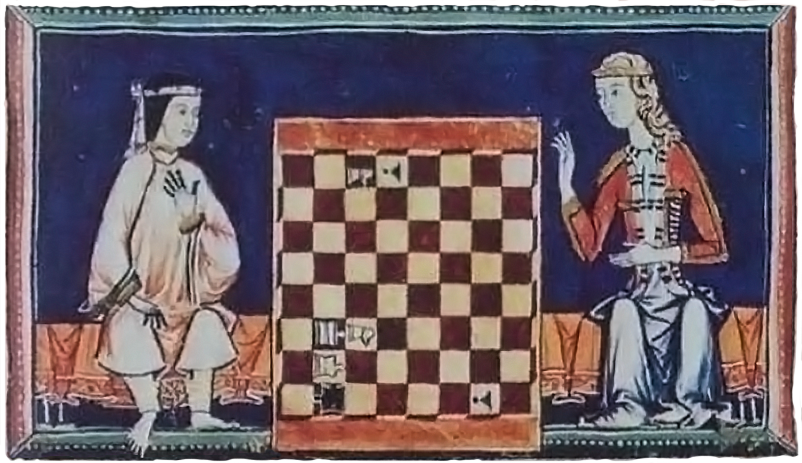 Pope Saint Damasus I was the bishop of Rome from 366 to 384 C.E. He succeeded to the papacy amidst intense factional violence. His rival, Ursinus, was elected simultaneously, which let to such violence and bloodshed that eventually the intervention of Emperor Valentinian I was required in order to quell it. Ursinus had the support of the plebeians, while Pope Damasus was exceedingly popular with the aristocracy, and in particular the great ladies, which led to his enemies calling him Auriscalpius Matronarum: the ladies’ ear-scratcher.
Pope Saint Damasus I was the bishop of Rome from 366 to 384 C.E. He succeeded to the papacy amidst intense factional violence. His rival, Ursinus, was elected simultaneously, which let to such violence and bloodshed that eventually the intervention of Emperor Valentinian I was required in order to quell it. Ursinus had the support of the plebeians, while Pope Damasus was exceedingly popular with the aristocracy, and in particular the great ladies, which led to his enemies calling him Auriscalpius Matronarum: the ladies’ ear-scratcher.
To put all this in context, emperor Constantine I issued his edict of toleration of Christianity in 313 C.E.
As his successor [as prefect] came Viventius, a former court-chancellor, a just and prudent man of Pannonia, whose administration was quiet and mild, rich in an abundance of everything. But he, too, was alarmed by sanguinary outbreaks of the factions of the people, which were caused by the following affair. Damasus and Ursinus, burning with a superhuman desire of seizing the bishopric, engaged in bitter strife because of their opposing interests; and the supporters of both parties went even so far as conflicts ending in bloodshed and death. Since Viventius was able neither to end nor to diminish this strife, he was compelled to yield to its great violence, and retired to the suburbs. And in the struggle Damasus was victorious through the efforts of the party which favoured him. It is a well-known fact that in the basilica of Sicininus,1 where the assembly of the Christian sect is held, in a single day a hundred and thirty-seven corpses of the slain were found, and that it was only with difficulty that the long-continued frenzy of the people was afterwards quieted.2
1 Now Santa Maria Maggiore.
2 Ammianus Marcellinus, The History, book XXVII, trans. J.C. Rolfe, Vol 3, Loeb Classical Library, 1939, p.21.



